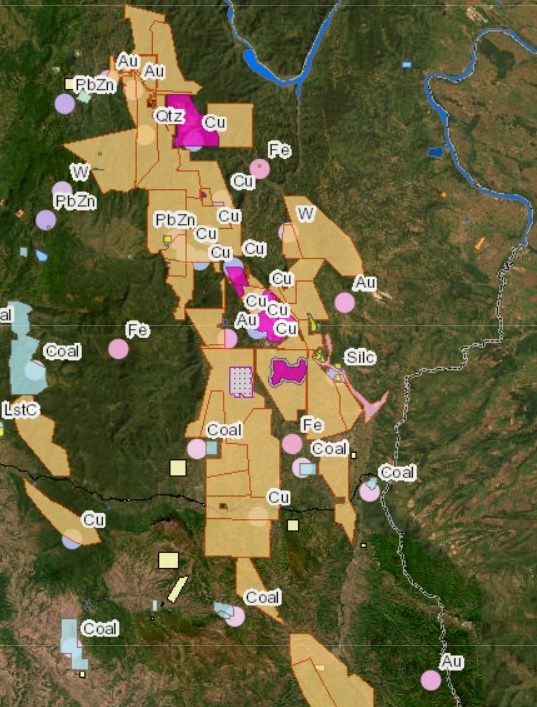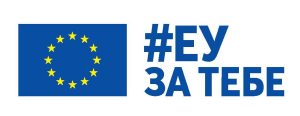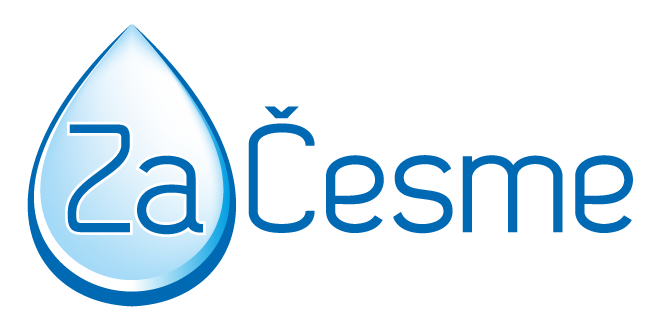11/05/2024
Exploitation and Exploration Fields Blanket Timočka Krajina
Eastern Serbia has been a source of renewable and non-renewable resources since the time of liberation from the Turks. It began with the exploitation of forests in the 19th century, continued with the opening of coal mines, and later metal and non-metal mines in the 20th and 21st centuries.
The Ministry of Mining and Energy of the Republic of Serbia has issued a series of concessions for the exploration of copper ores, noble and colored metals, and non-metallic mineral resources in Timočka Krajina. Domestic and foreign companies have exploitation rights for copper, gold, silver, coal, limestone, and quartz in mines in Majdanpek, Bor, Rgotina, Vrška Čuka, Lubnica, and Bogovina.
In recent years, there have been significant changes in mine ownership, intensified geological exploration, expansion of existing and opening of new surface mines and pits, formation of mining waste (tailings) and flotation tailings disposal sites, closure of processing industry factories, occupation of new areas by mining activities, relocation of entire villages, air, water, and soil pollution.
In Majdanpek, the exploitation of ore has been greatly increased in surface mines in the northern and southern sectors, and flotation capacity has doubled. Near Bor, a new surface mine, Cerovo 2, has been opened, the surface mine in Veliki Krivelj is expanding, a new copper flotation plant has been built, a new flotation tailings site “Veliki Krivelj – zero field” has been formed, a tunnel has been excavated to redirect the Kriveljska River into the Borska River and the Kriveljska River riverbed will be dried out. In Bor, the capacity of the Copper Smelter has been increased by two and a half times, new facilities have been built – electrolysis, a gold refinery, and a power plant, a facility for desulfurization of flue gases, a new sulfuric acid factory, facilities for purifying wastewater from metallurgy and mining process waters of the pit and Cerovo, a new flotation plant for processing metallurgical slag has been built.
Such intensive investment activities have been accompanied by the construction of new infrastructure, such as power lines, power plants, but not road networks, so the transportation of equipment and materials for these works is done via existing roads, leading to their damage as well as damage to bridges. It is known that mining, especially such intensive mining in recent years, leads to environmental degradation, pollution, and endangerment of the environment, resulting in consequences for the quality of life and health of the local population.

Photo: Exploration fields in Timočka Krajina (detail). Downloaded from: https://gis.mre.gov.rs/smartPortal/Srbija
The Ministry of Mining and Energy of the Republic of Serbia has issued permits for exploration at almost 50 locations in the area: the Danube in the north – Rtanj and Stara Planina in the south, Timok in the east, and Pek in the west. The majority of exploration fields are searched for copper, noble metals (gold and silver), as well as iron, lead, zinc, rare metals (vanadium, molybdenum, germanium, rhenium). Besides metals and coal, there is also a search for non-mineral resources (limestone, calcite, marble, quartz) in the Timok Region. Exploration rights have been granted mostly to subsidiaries of large international multinational mining companies.
The association “Za Drinking Fountains” from Zaječar, along with the “Children’s Center” and the Association of Young Researchers Bor, and the Civic Library “Europe” Bor, through the project “Environmental Response to Mining Expansion in Timočka Krajina”, funded by the EU, aims to assess the current state and further monitor the detrimental impacts of mining and urban development on the environment in the Timočka Krajina, as well as to effectively supervise the environmental and climatic impacts of both public and private investments.
Association “Za Drinking Fountains”
This text was produced within the project “Environmental response to mining expansion in Timočka Krajina” funded by the European Union, and implemented by the Association “Za Drinking Fountains”, the Association of Young Researchers Bor, Civic Library “Europe” Bor and Children’s Center Zaječar. The content of the text is entirely responsibility of these associations and do not necessarily reflect the views of the European Union.




